Of scoundrels and witches: Ballet’s bad guys and gals
What’s a story without a villain in it? Ballet Manila knows this only too well. In decades of presenting full-length productions and short choreographies, the company has had its share of heroes and heroines – and their counterpart bad guys and gals to battle against and triumph over. We focus the spotlight on these rogues who have made the jump from fairy tales, children’s stories, and epic poems to ballet adaptations, unapologetically revealing their wily and wicked selves on the stage:
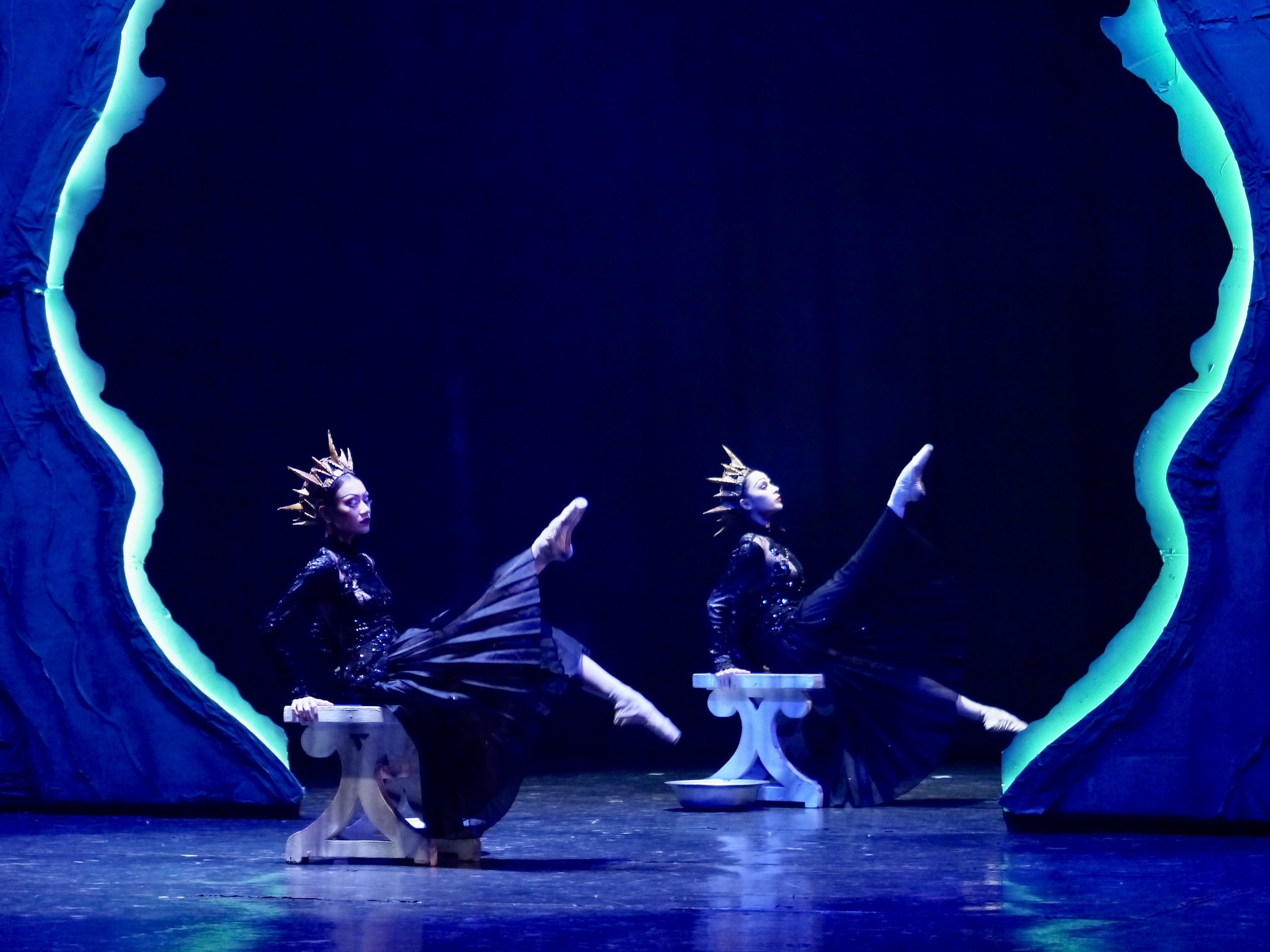
Witch Queen
Lisa Macuja-Elizalde’s Snow White opens with a scene dubbed as The Queen’s Facial where the envious queen – who is actually a witch – is pampered and beautified by palace helpers. By herself, she then preens before the magic mirror with her “reflection” (performed by another dancer) keeping in sync with all her movements. Though possessing beauty and riches, she is still intimidated by the innocent Snow White and plots to have her killed. In this 2019 staging, the queen is portrayed by Abigail Oliveiro and her reflection by Emma Harris. Photo by Giselle P. Kasilag
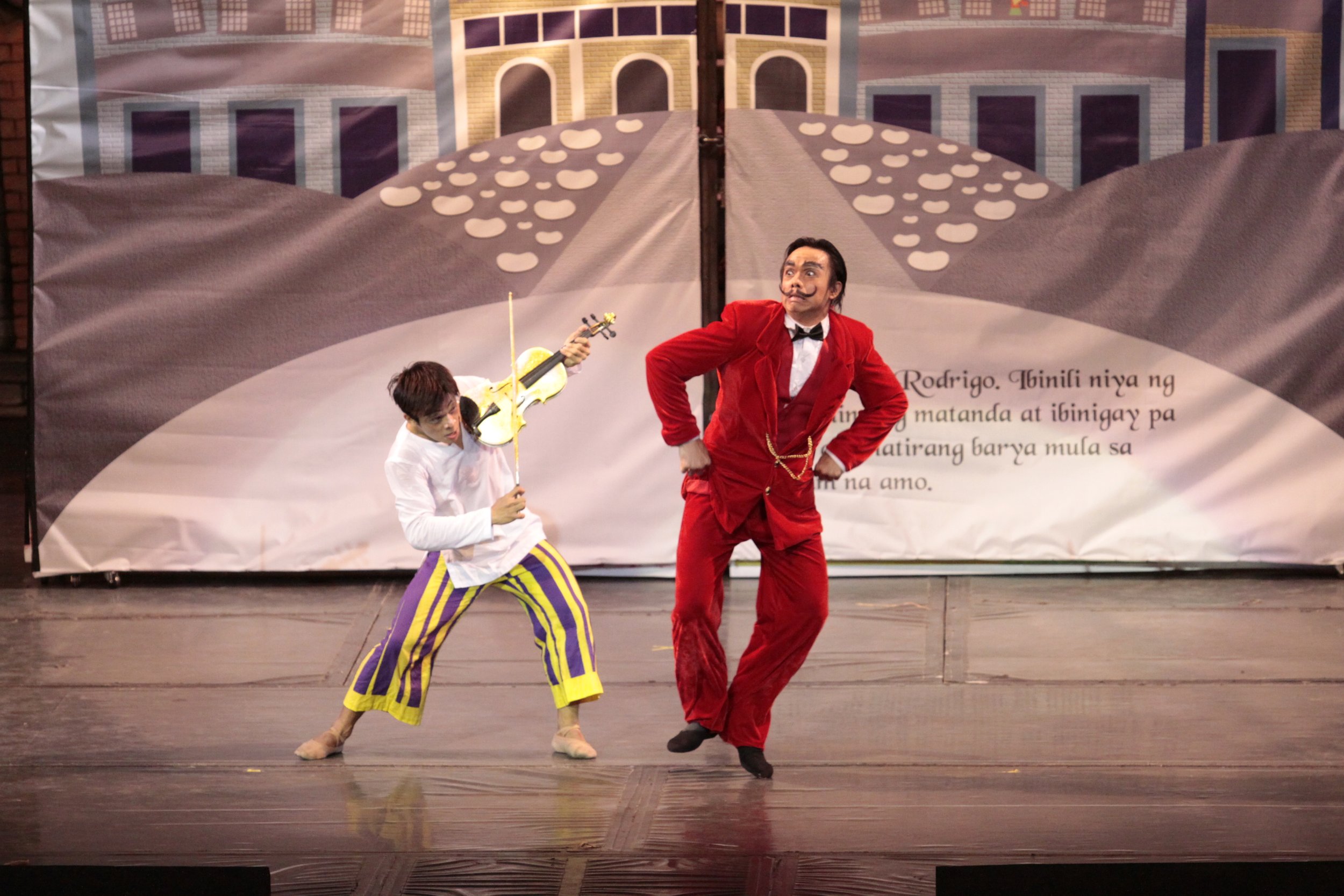
Ahab
In Ang Mahiwagang Biyulin, one of the stories comprising Tatlong Kuwento ni Lola Basyang, Ahab is the exploitative employer who makes the hapless Rodrigo work for two years without fair compensation. Ahab gets his comeuppance when Rodrigo gets hold of an enchanted violin that, when played, makes the unscrupulous boss unable to stop dancing to its music. Marcus Tolentino is Ahab to Gerardo Francisco’s Rodrigo in the Lola Basyang premiere in 2008. Photo by Ocs Alvarez
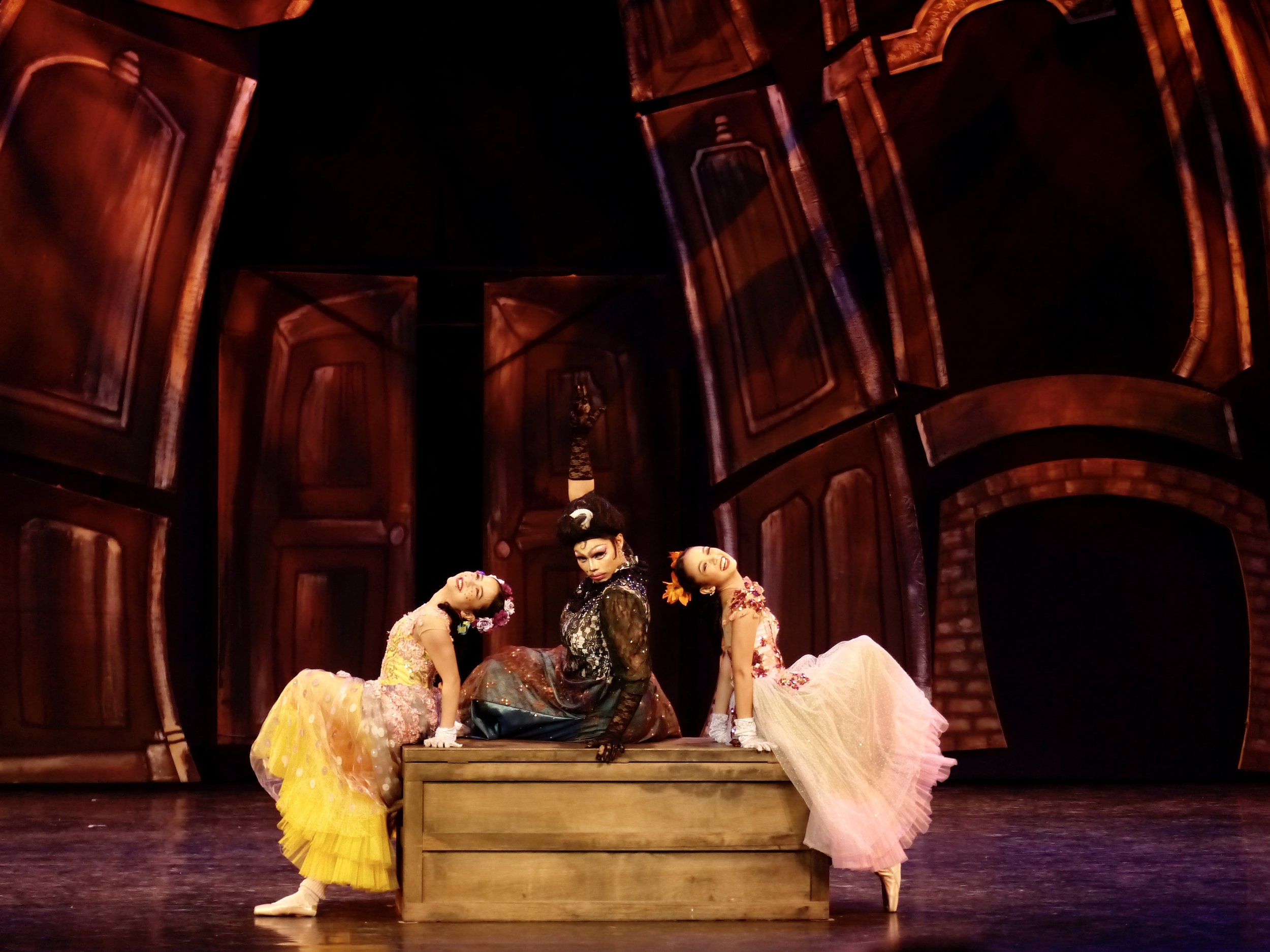
Stepmother and Stepsisters
Keeping true to the spirit of the popular fairy tale, Lisa Macuja-Elizalde’s Cinderella bares a scheming Stepmother (John Balagot) and a pair of naughty-and-not-so-nice Stepsisters (Jessica Pearl Dames and Rissa May Camaclang) in this show staged in 2019. The spiteful trio makes life a living hell for Cinderella, but through it all, the young woman remains kind-hearted and is rewarded with a visit from her fairy godmother who makes it possible for her to attend the grand ball at the palace and meet her future prince. Photo by Giselle P. Kasilag
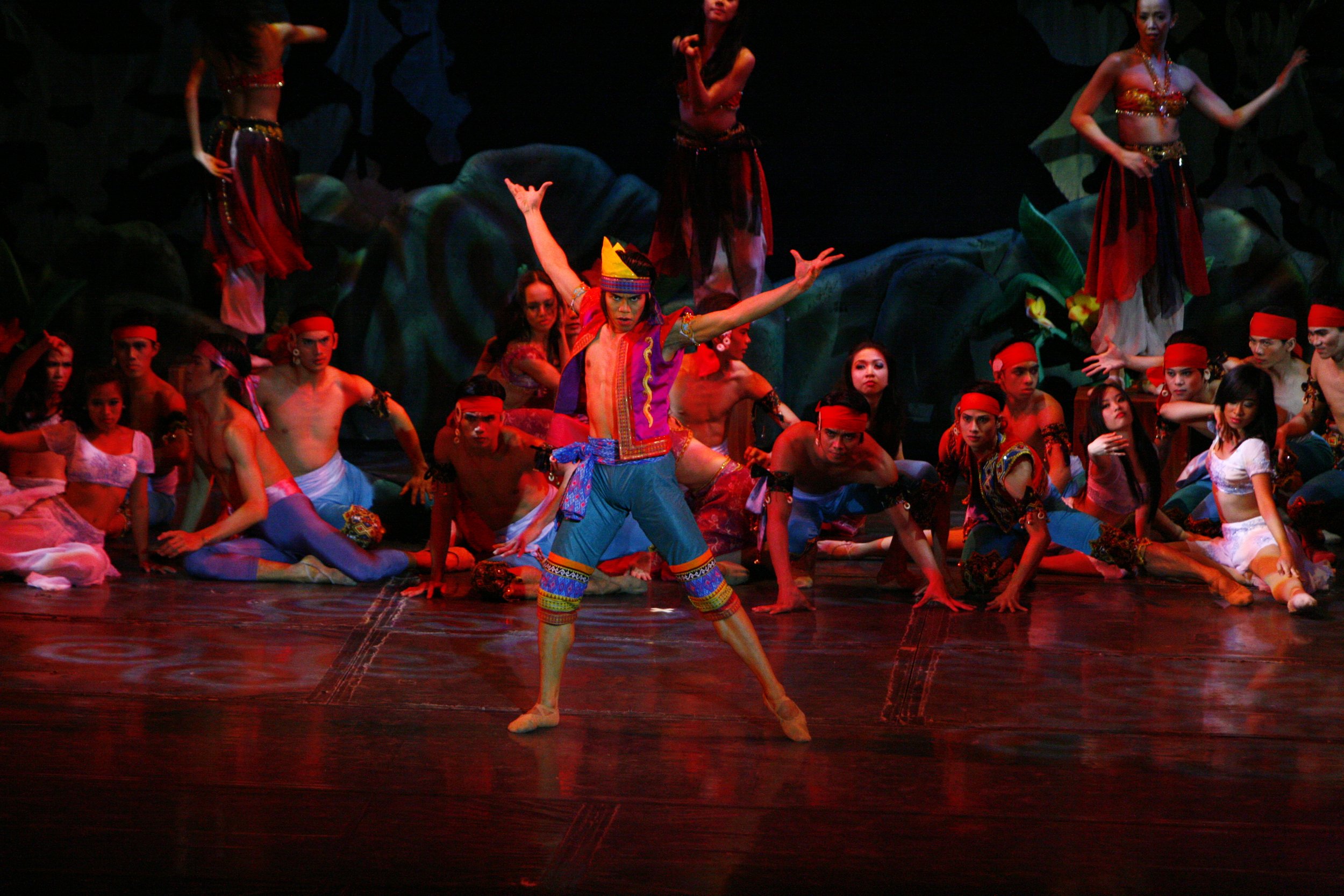
Gunaw
Gunaw lives up to his name which means doom. He is the evil twin in Alamat: Si Sibol at si Gunaw, a ballet based on the environmental tale written by Ed Maranan. Gunaw is bent on destroying nature while his sister Sibol is the plant lover and nurturer who takes after their mother, the goddess Luningning. The nasty Gunaw is later redeemed, thanks to Luningning’s intercession, and reconciles with Sibol amid a once again thriving forest. Francis Cascaño played the menacing Gunaw when the ballet – choreographed by Osias Barroso and Gerardo Francisco – premiered in 2009. Photo by Ocs Alvarez
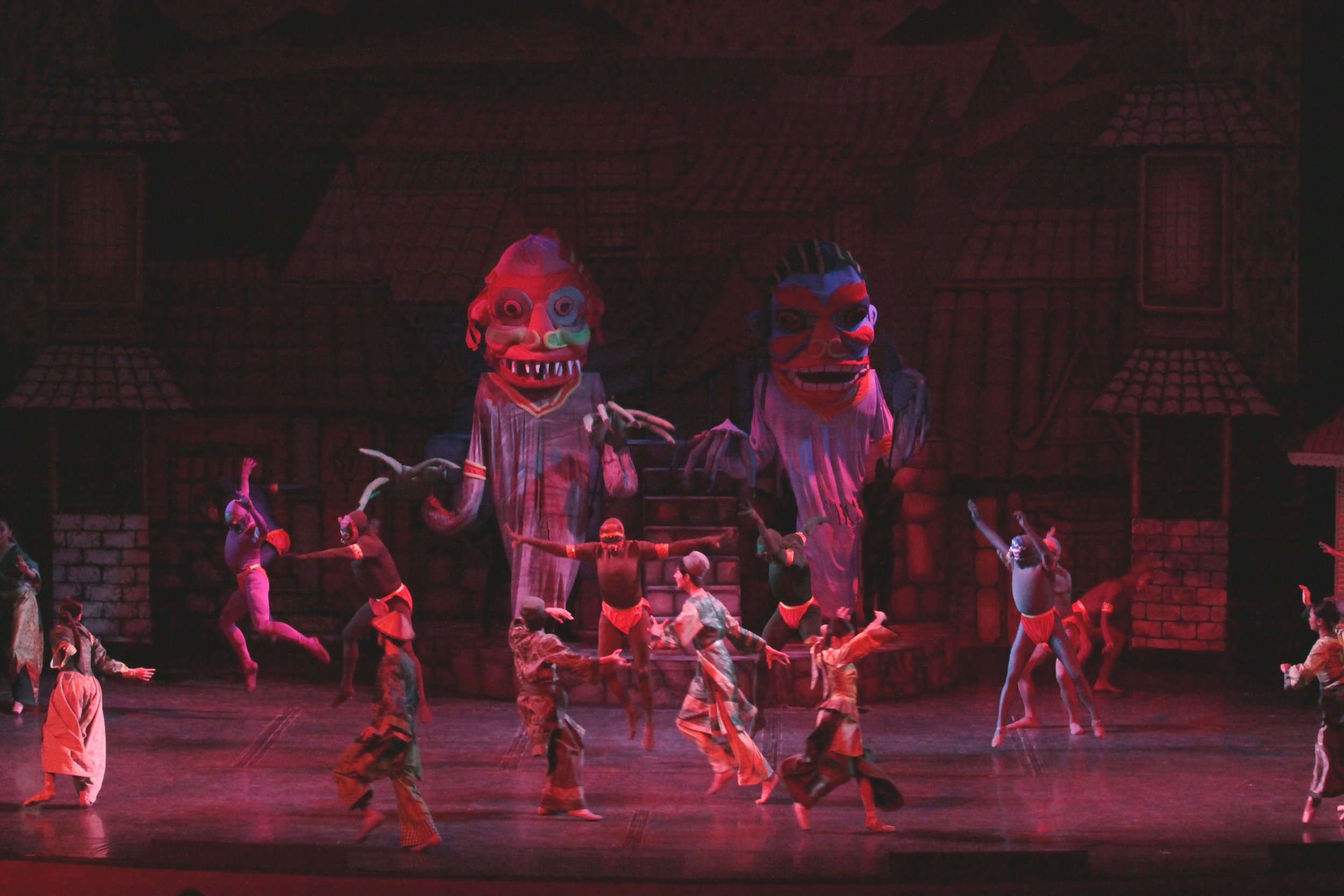
Giants
Stone giants and their minions send the villagers of Tongkiang scurrying in Ang Prinsipe ng mga Ibon, one of the stories featured in Severino Reyes’ Tatlong Kuwento ni Lola Basyang which premiered in 2008. With the home of his beloved princess in peril, the Bird Prince swoops in with his winged warriors to drive away the invaders. With their victory, the prince thinks that the king will at last give his blessing for him to marry the princess, but he is sadly mistaken. Prinsesa Singsing then makes the bold choice of becoming a bird herself so she can live with her prince. Photo by Ocs Alvarez
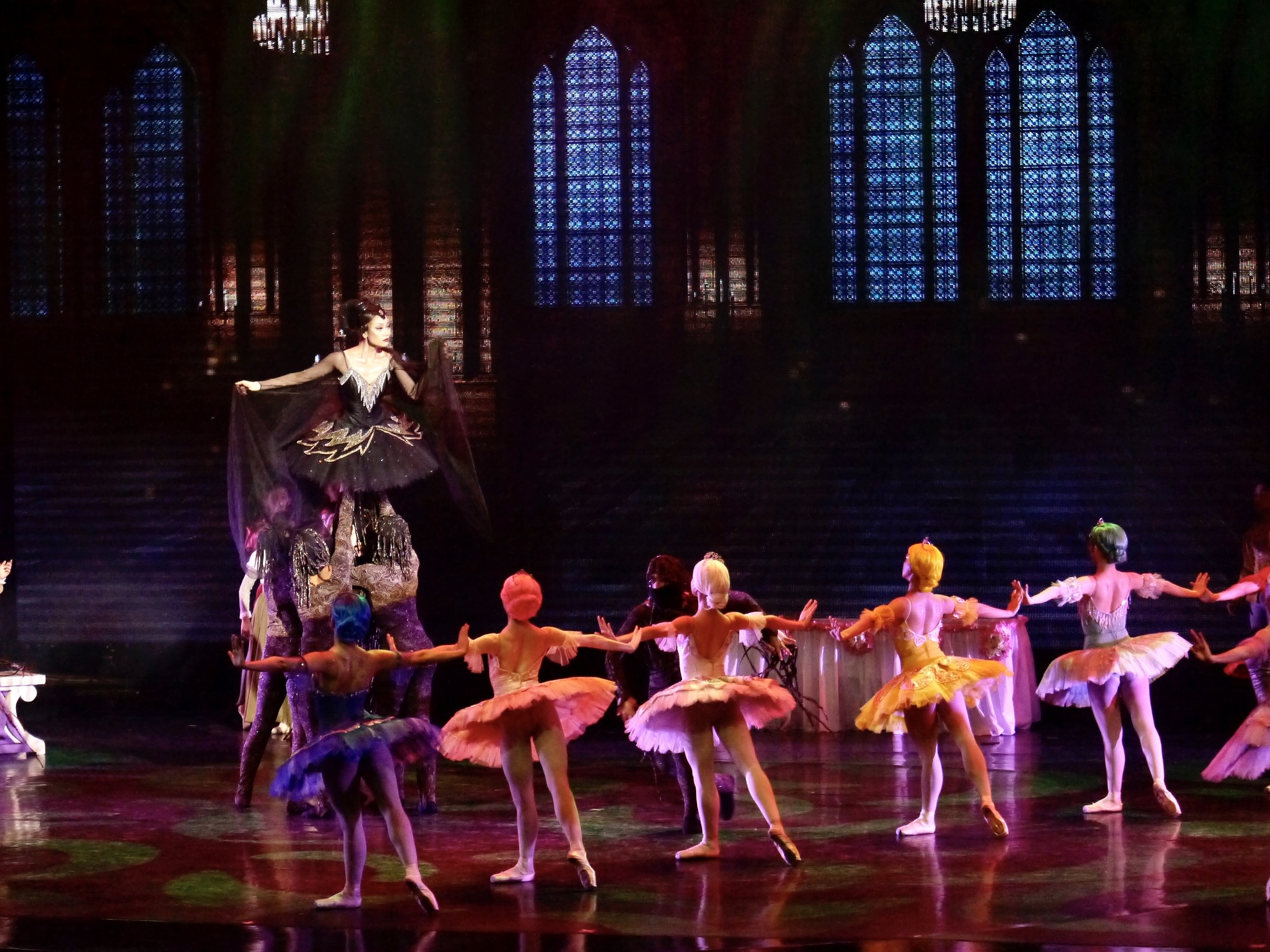
Maleficent
In Lisa Macuja-Elizalde’s Sleeping Beauty, Maleficent is slighted that she has not been invited to Princess Aurora’s christening while the other fairies are all present. The scorned witch makes her wrath known, ruining the festivities as she curses the baby, who is plunged into eternal sleep upon turning sixteen. In its premiere run in 2020, Abigail Oliveiro played Maleficent to haughty perfection. Photo by Giselle P. Kasilag
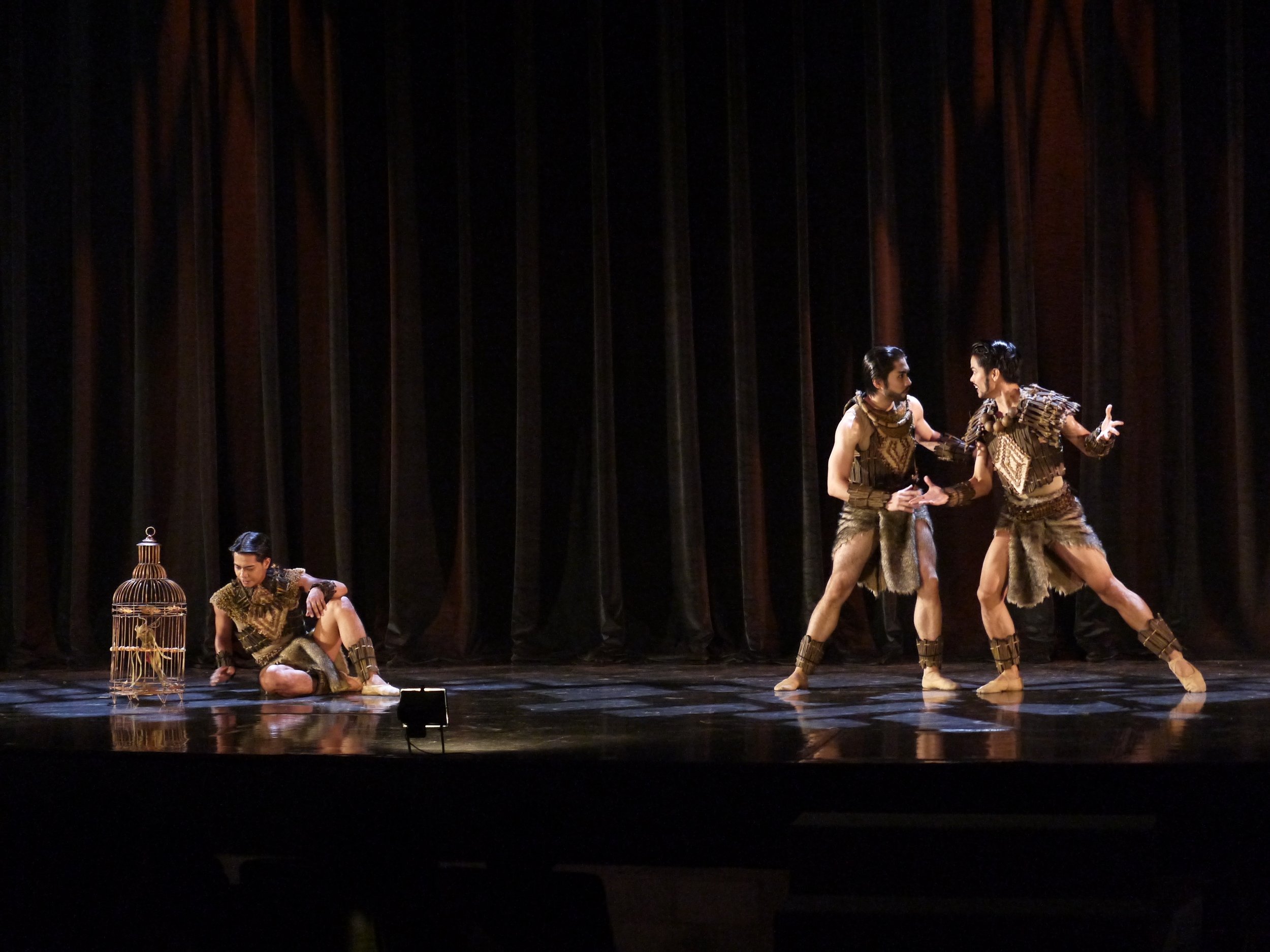
Prinsipe Pedro and Prinsipe Diego
It should have been a shared moment of triumph for the three princes, brothers Pedro Diego and Juan, in Gerardo Francisco’s Ibong Adarna. After all, Juan had managed to capture the elusive bird with the healing voice that would cure their ailing father. But instead, the two older princes conspire to steal the prized catch from their brother and leave him for dead in the jungle. Despite their wrongdoing, Juan in the end still manages to forgive them. In the production restaged in 2019, Romeo Peralta and Elpidio Magat played the conniving Diego and Pedro, respectively, while Anselmo Dictado was their unwitting victim. Photo by Giselle P. Kasilag
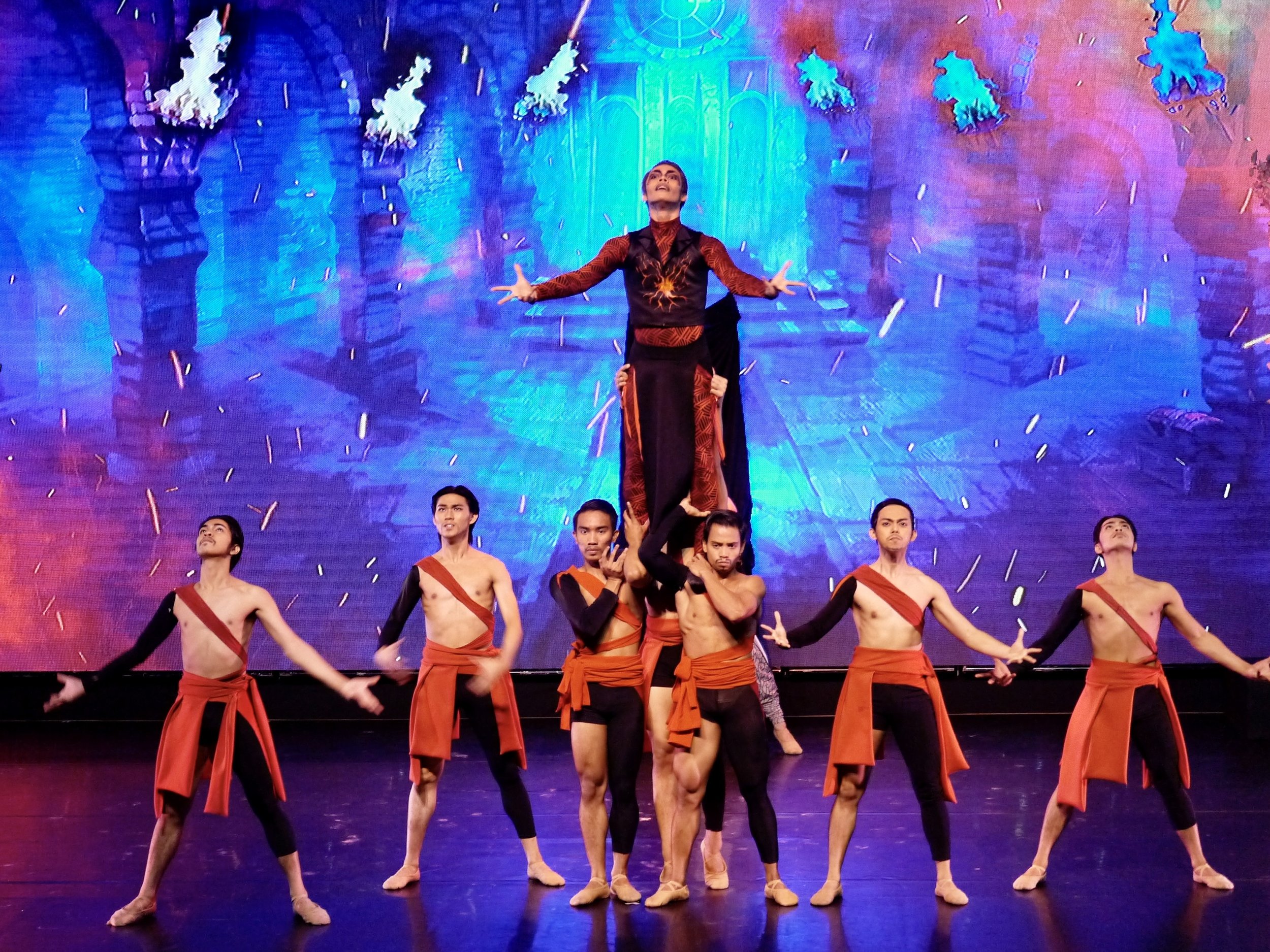
Atheos
Rudy De Dios’ Carmina Burana – based on medieval poems set to music by Carl Orff – explores the eternal fight between good and evil, with the latter personified by Atheos. With his underworld army, Atheos seeks to conquer the kingdom of Tezra, tempting its people and leading them to sin and vice as the king Solom – and later, his successor Spero – tries to win them over to the righteous side with the help of the divine being Agape. Atheos was played to the hilt by John Balagot in the premiere of Carmina Burana in 2020. Photo by Giselle P. Kasilag
See also Ballet’s vilest villains






